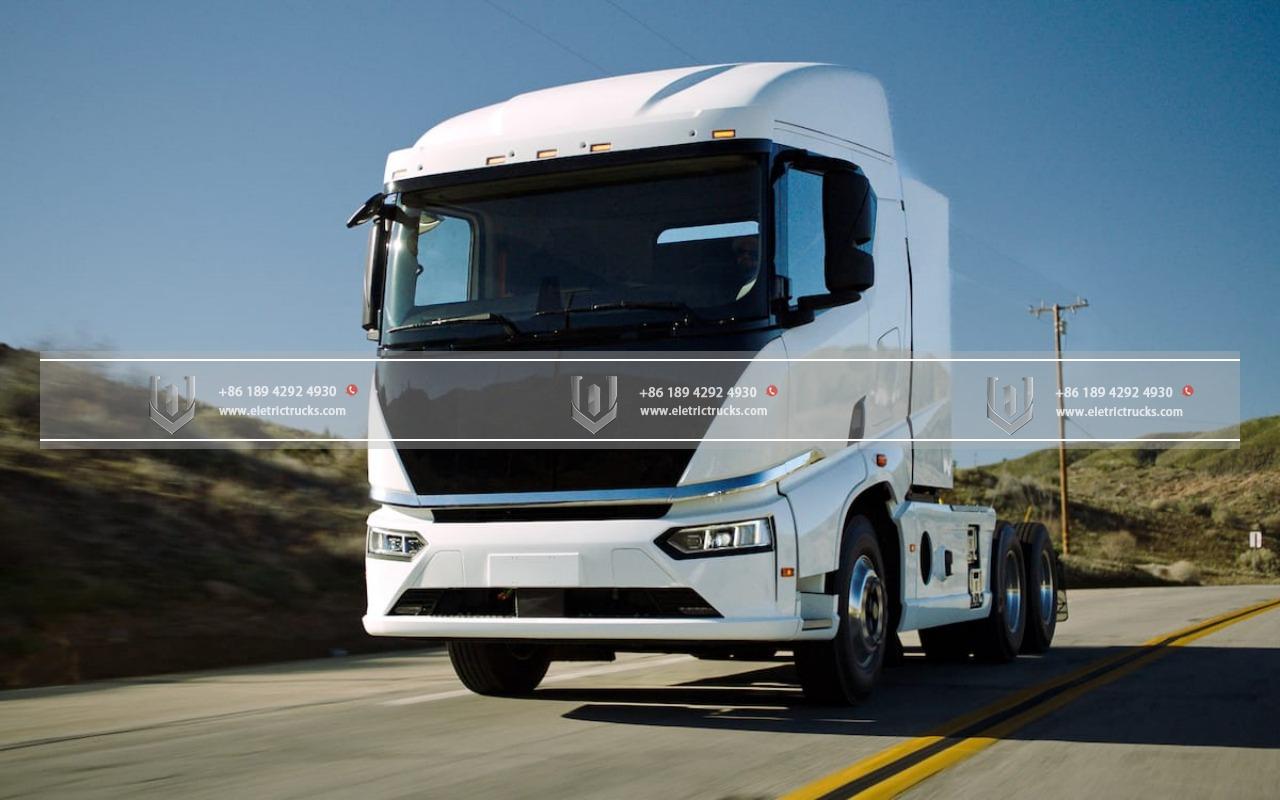Njohuri për kamionët elektrikë
Powering Progress Electric Trucks Paving the Way to a Greener Future
In recent years, there has been a growing global concern about the impact of fossil fuels on the environment and the urgent need to transition to more sustainable energy sources. Electric vehicles (EVs) have gained significant attention as a viable alternative to traditional gasoline-powered cars, but their potential extends far beyond passenger vehicles. Electric trucks are emerging as a powerful force in the transportation industry, paving the way to a greener future. With their ability to reduce emissions and increase efficiency, kamion elektriks are driving progress and transforming the way we move goods around the world.
The environmental benefits of kamion elektriks are undeniable. Traditional diesel-powered trucks contribute significantly to air pollution and greenhouse gas emissions. These emissions not only harm the environment but also pose a severe threat to human health. Electric trucks, on the other hand, produce zero tailpipe emissions, which means cleaner air and a reduction in carbon footprints. By transitioning from diesel trucks to kamion elektriks, we can significantly improve air quality and combat climate change.
One of the key advantages of kamion elektriks is their efficiency. Electric drivetrains are more energy-efficient compared to internal combustion engines. Electric trucks convert more energy from their batteries into actual work, making them highly efficient in transporting goods. Për më tepër, kamion elektriks can recover energy through regenerative braking, where the kinetic energy generated during braking is converted back into electricity and stored in the battery. This feature not only reduces energy waste but also increases the overall range of electric trucks, making them suitable for long-haul transportation.
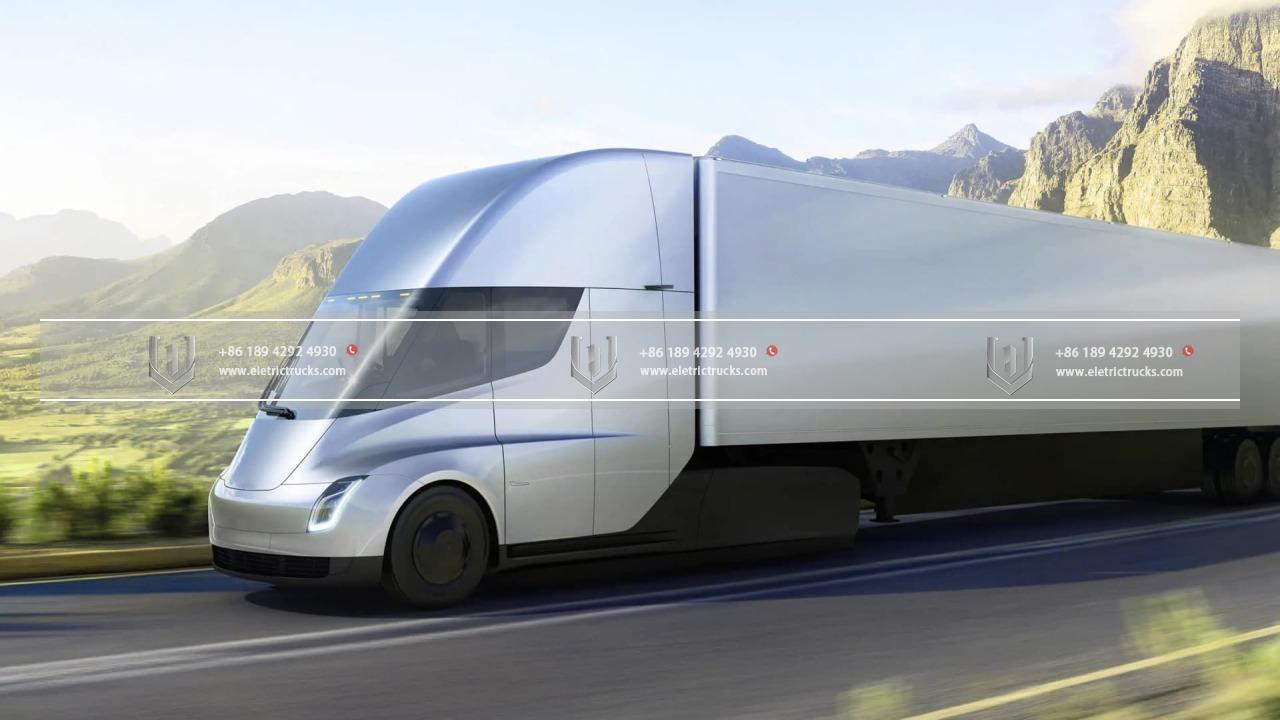
Another crucial aspect of kamion elektriks is their potential to revolutionize the logistics industry. With their quiet operation, kamion elektriks can reduce noise pollution, especially in urban areas where noise pollution is a significant concern. This allows for nighttime deliveries and improves the quality of life for residents. Për më tepër, kamion elektriks have lower maintenance costs compared to diesel trucks. They have fewer moving parts, no oil changes, and fewer components prone to wear and tear. This translates into reduced maintenance and repair expenses, making electric trucks a more cost-effective option in the long run.
The adoption of kamion elektriks is gaining traction across the globe. Several major truck manufacturers have recognized the potential of automjeti elektriks and have made significant investments in developing electric truck models. Companies like Tesla, Rivian, and Nikola have unveiled kamion elektrik prototypes that boast impressive specifications and features. These kamion elektriks offer a competitive range, fast charging capabilities, and robust performance, making them attractive options for fleet operators.
Government initiatives and policies also play a crucial role in accelerating the adoption of electric trucks. Many countries have set ambitious targets to reduce emissions from transportation and have implemented various incentives to promote the use of automjeti elektriks, including trucks. These incentives include tax credits, subsidies for purchasing kamion elektriks, and the development of charging infrastructure. By providing a supportive environment, governments are encouraging fleet operators to transition to kamion elektriks and contribute to a greener future.
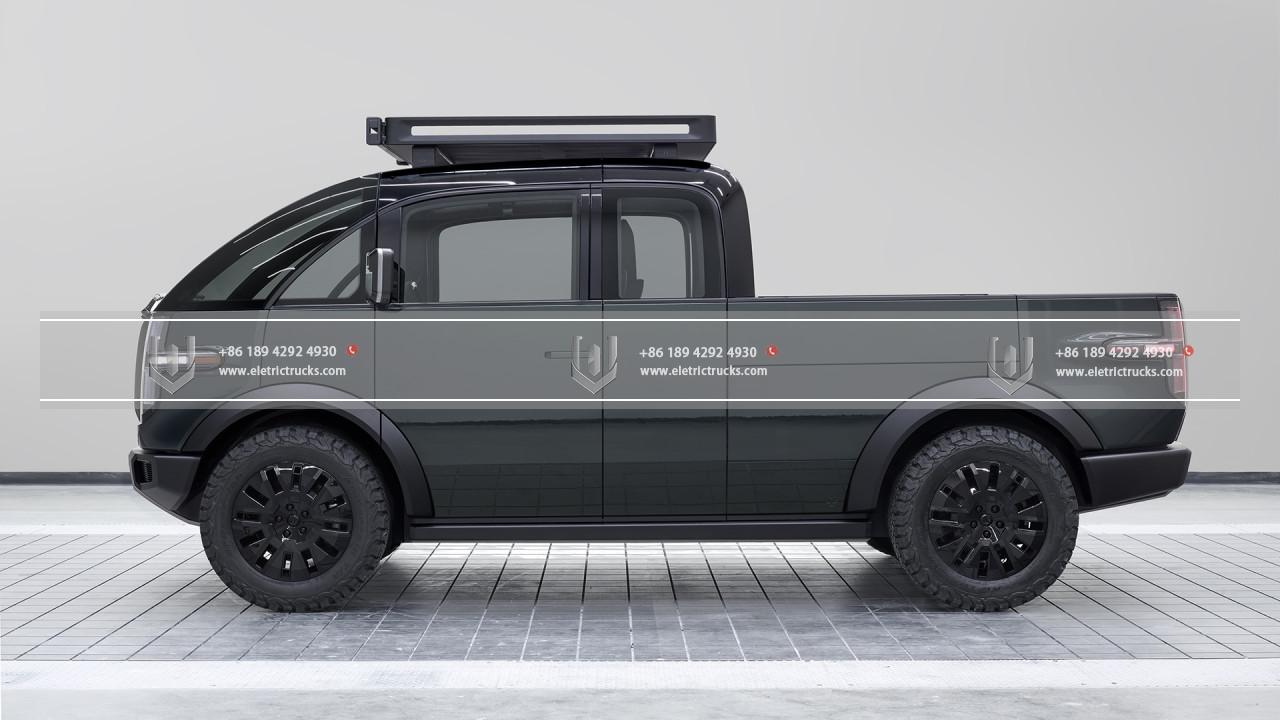
However, challenges remain on the path to widespread electric truck adoption. One of the primary concerns is the limited charging infrastructure. Unlike gasoline stations, charging stations for kamion elektriks are still relatively sparse, especially for long-haul routes. Developing a robust and widespread charging network is crucial to ensure the feasibility and convenience of kamion elektriks. Governments, private companies, and stakeholders need to collaborate to establish a comprehensive charging infrastructure that covers major highways and transportation hubs.
Për më tepër, the cost of kamion elektriks remains higher than their diesel counterparts. Although the cost of batteries has been steadily decreasing, it still represents a significant portion of the overall vehicle cost. However, as battery technology continues to improve, economies of scale kick in, and production costs decrease, kamion elektriks are becoming more financially viable. With the anticipated decrease in the cost of kamion elektriks, they will become an increasingly attractive option for fleet operators looking to reduce operating expenses and environmental impact.
Për më tepër, the benefits of kamion elektriks extend beyond environmental considerations. The adoption of kamion elektriks can also have a positive impact on energy independence and national security. With the reduction in fossil fuel consumption, countries can decrease their dependence on foreign oil imports, thus strengthening their energy independence. This shift towards kamion elektriks aligns with the global trend of transitioning towards renewable energy sources and reducing reliance on finite resources.
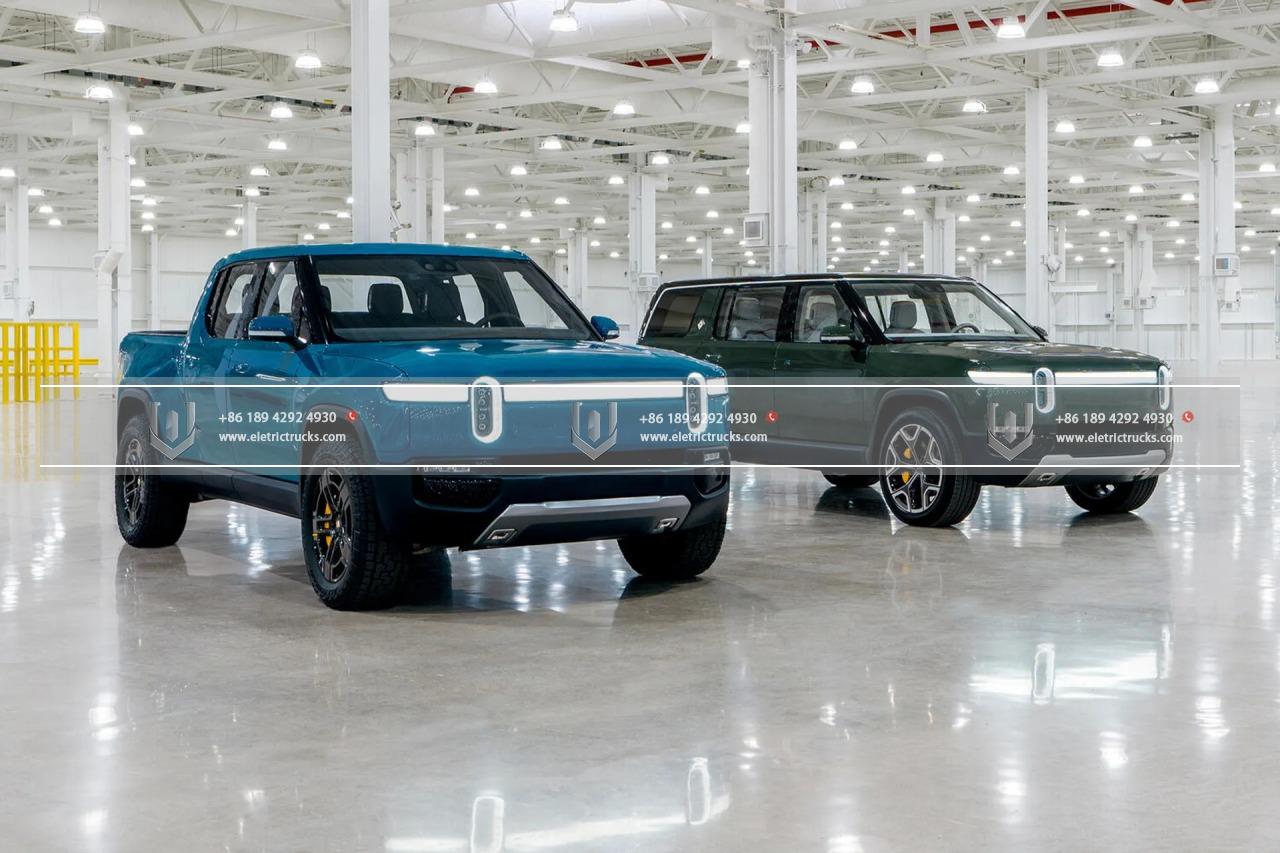
Electric trucks also have the potential to create new job opportunities and drive economic growth. As the demand for kamion elektriks increases, there will be a need for skilled workers in manufacturing, maintenance, and charging infrastructure development. This transition can stimulate job creation in the green technology sector, providing employment opportunities and boosting local economies.
Për më tepër, kamion elektriks can contribute to improving public health. The elimination of tailpipe emissions from diesel trucks means a significant reduction in air pollutants such as particulate matter and nitrogen oxides, which have been linked to respiratory and cardiovascular diseases. By reducing air pollution, kamion elektriks can help create healthier communities and improve the overall well-being of individuals living in urban areas, where truck traffic is often high.
The introduction of kamion elektriks also opens up opportunities for innovation and technological advancements. As the demand for kamion elektriks grows, manufacturers and researchers are investing in developing more advanced battery technologies, efficient electric drivetrains, and smart charging systems. These innovations will not only benefit the trucking industry but also have implications for other sectors, such as renewable energy storage and grid management. The progress in electric truck technology can catalyze advancements in other areas of clean energy and sustainable transportation.
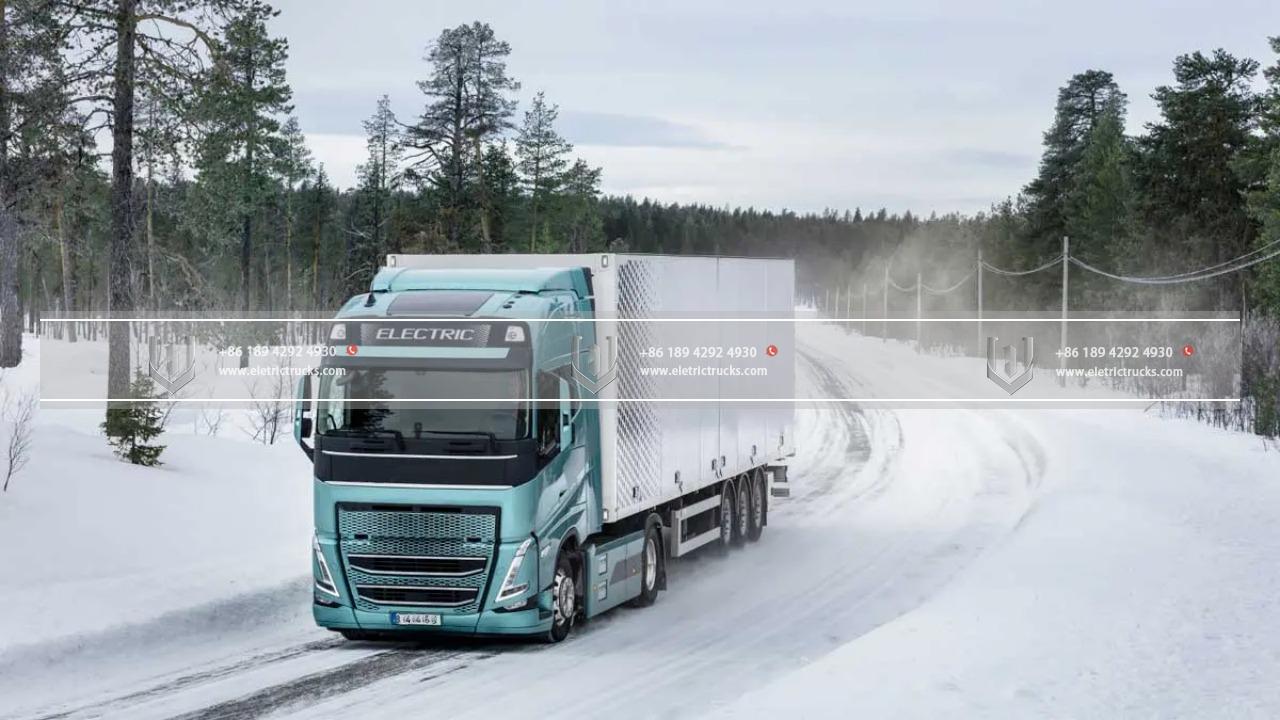
It is important to recognize that the transition to kamion elektriks requires collaboration and support from various stakeholders. Government entities, fleet operators, manufacturers, and the public must work together to address the challenges associated with the widespread adoption of kamion elektriks. Governments can continue to implement supportive policies, such as providing financial incentives and regulatory frameworks that encourage the deployment of kamion elektriks. Fleet operators can analyze their logistics operations and identify opportunities for integrating electric trucks into their fleets. Manufacturers can focus on research and development to improve the performance and cost-effectiveness of kamion elektriks. Lastly, the public can contribute by embracing sustainable transportation options and supporting the development of charging infrastructure.
Si përfundim, kamion elektriks are playing a pivotal role in powering progress and paving the way to a greener future. The environmental benefits, increased efficiency, and potential economic growth associated with kamion elektriks make them a compelling solution for sustainable transportation. As technology continues to advance and support from governments and industry stakeholders strengthens, të electric truck revolution will gain even more momentum. By embracing this transformative shift, we can create a cleaner, healthier, and more sustainable future for generations to come. The path to a greener future starts with kamion elektriks, and it’s up to us to drive progress and make it a reality.
